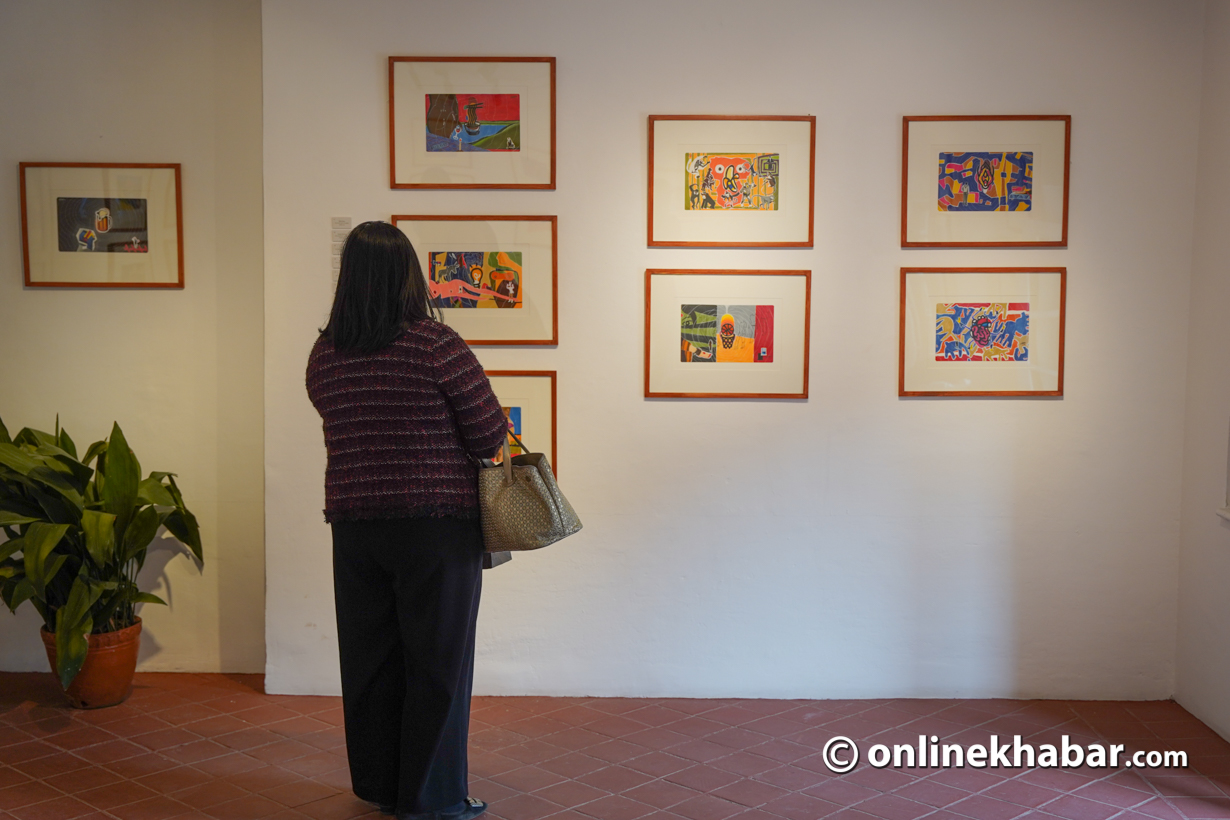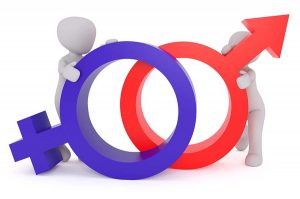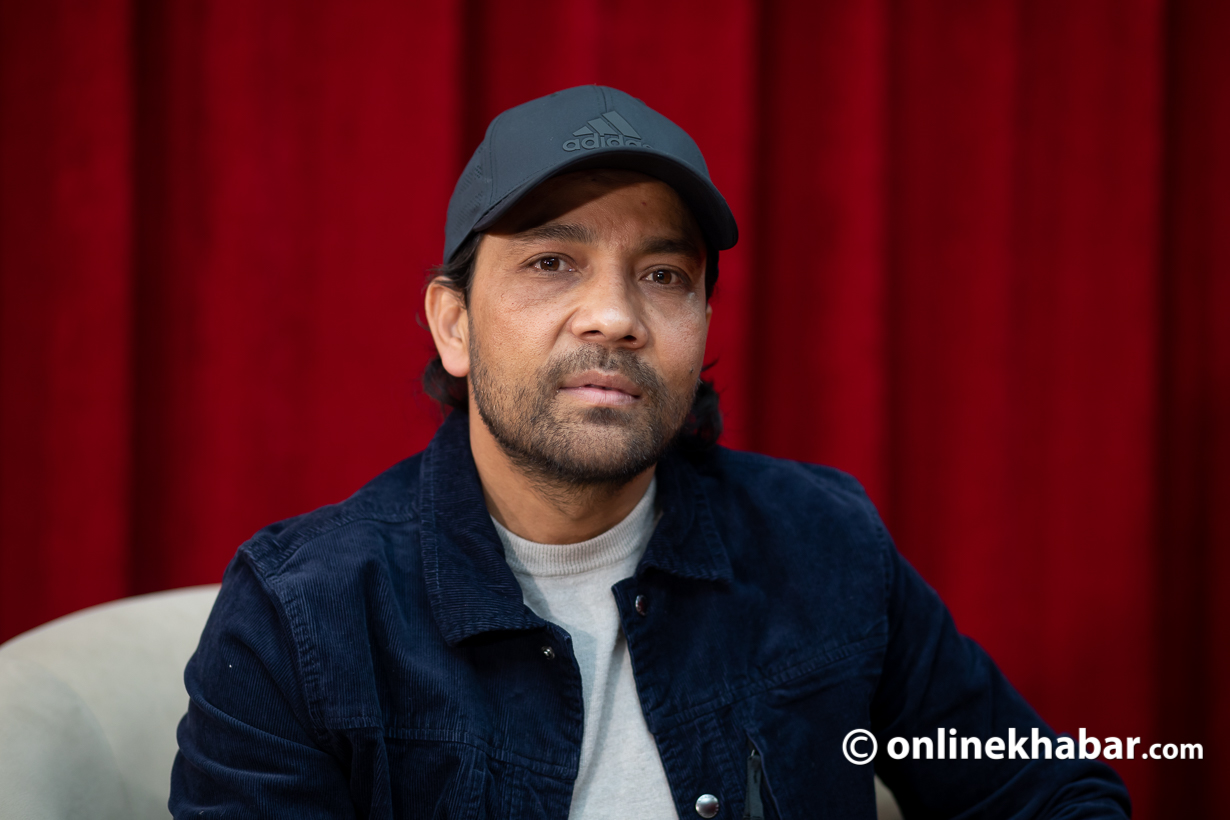
The youth, often considered the torchbearers shaping our future, bear the weight of immense expectations — being transformative voices, active stakeholders in governance, and drivers of societal progress.
On this International Youth Day, as we focus on the theme of — Green Skills for Youth: Towards a Sustainable World — it becomes crucial to closely examine the true inclusivity of this movement, particularly from the perspective of youth with disabilities.
Do these noble ideals of inclusivity and transformation translate into concrete actions? Are youth movements wholeheartedly embracing the participation of individuals with disabilities, or is their inclusion merely symbolic?
These are the pressing questions demanding answers to authentically uncover the vast potential of the progressive youth movement.
The marginalisation of persons with disabilities within a movement
Amidst the progressive youth movement lies a disheartening truth – individuals with disabilities often find themselves marginalised even within this very movement. It is a perplexing paradox that while youth organisations strive for a more equitable world, they inadvertently cast persons with disabilities as mere symbols of inclusivity, neglecting to acknowledge their profound and meaningful contributions.
This unfortunate tendency further ingrains the misconception that disabilities should be put on display, rather than being valued for the unparalleled viewpoints and skills they bring to the table. This leads us to a pivotal question that demands contemplation: are these organisations sincerely contemplating individuals with disabilities for roles of leadership, or are they simply plugging gaps to create a façade of inclusiveness?
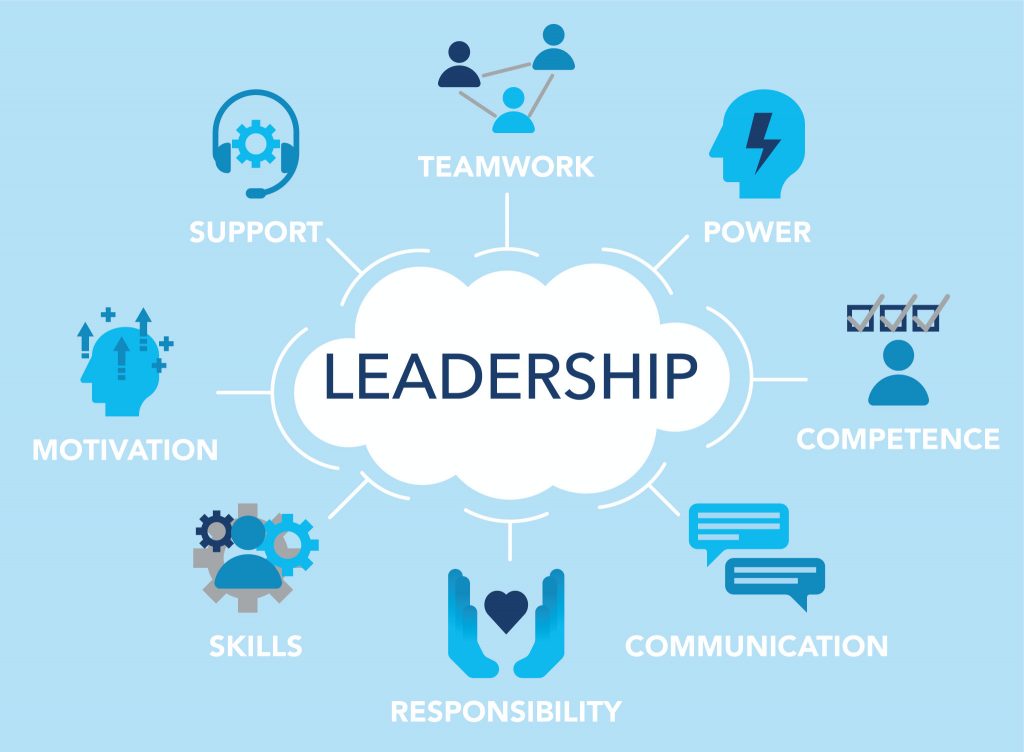
As we ardently pursue the ideals of an inclusive youth movement, it becomes imperative to meticulously evaluate whether persons with disabilities are being entrusted with substantive leadership responsibilities, transcending the boundaries of mere membership.
Can we witness them taking charge in the leadership position of youth councils, actively and influentially engaging in the intricate realms of advocacy and decision-making?
Tokenism versus substantive participation
In the name of fostering true inclusion, the persistent issue of tokenism looms large, casting a shadow over well-intentioned efforts. While individuals with disabilities are occasionally granted visibility and invited to participate in rallies and public gatherings orchestrated by various organisations, the stark reality often remains obscured: their involvement in shaping policies and strategies remains limited. To embody the essence of inclusion, a mere presence is insufficient; it must penetrate the very core of decision-making processes.
Delving deeper into the organisational landscape, it is crucial to scrutinise whether critical discussions on human resources, gender equality, disability, and social inclusion have not only found a place in youth organisations’ policies but have become integral to their ethos. The urgency of this inquiry cannot be overstated. Do these discussions transcend mere lip service, becoming proactive considerations deeply ingrained in the organisational fabric?
The present state of affairs underscores a striking contrast between the surface-level token representation and the authentic realisation of inclusivity. Symbolic gestures, while visually impactful, fail to replace the profound influence of genuine involvement. The call for transformation resounds loudly – a transformation that goes beyond the superficial and orchestrates a comprehensive shift. It is our responsibility to cultivate an environment where the voices of individuals with disabilities resonate powerfully and substantively.
Global commitments and local realities
Amidst the grand proclamations and global declarations made by esteemed international bodies and youth councils, such as the United Nations Youth Council and Youth Committee, a pivotal question emerges: how effectively have we, as youth organisations and movements, translated these commitments into actions that hold significance at the grassroots level?
While we proudly espouse the narrative of inclusivity, introspection becomes imperative – we must assess the concrete impact we wield in creating leadership opportunities for individuals with disabilities within our local spheres.
Are these commitments fleeting expressions, or do they resonate genuinely through the actions we undertake? The authenticity of our dedication to inclusivity finds its litmus test in the tangible representation of persons with disabilities in positions of influence. Do our actions align with our rhetoric?
Are we providing equal avenues for these individuals not only to participate but also to spearhead initiatives that shape inclusive and transformative platforms on a global scale? This introspection prompts us to evaluate the true depth of representation and involvement within our organisations.

Progress, undeniably, has left its mark on the canvas of inclusivity. Yet, progress alone falls short of our aspirations. It beckons us to venture further, traversing a landscape where inclusivity transcends mere rhetoric and becomes an intrinsic facet of the youth movement’s identity. The allocation of resources by numerous national and international agencies, earmarked for marginalised segments including those with disabilities, represents a commendable stride toward equity. However, we must delve deeper, questioning whether these gestures truly align with the nuanced needs and multifaceted challenges that define the experiences of this community.
Inclusive leadership in action: Exemplars of change
Amid pressing concerns related to exclusion, it becomes imperative for us to not only acknowledge but also actively champion instances of authentic inclusivity.
A vivid embodiment of this ideal can be witnessed in the remarkable journey of individuals like Kaladhar Bhandari. His exceptional leadership as the Chairperson of the Blind Youth Association Nepal seamlessly intertwines with his role as an executive member of the National Youth Council.
However, this narrative extends beyond the individual level. Anita Dhungana, a former executive member of the National Youth Council, and Sarita Lamichhane, renowned for founding Prayatna Nepal, have also left indelible marks while occupying esteemed positions. Notably, Sarita Lamichhane served as a former executive member of the Association of Youth Organizations Nepal (AYON). These exceptional exemplars serve as beacons of hope, underscoring the tangible potential of cultivating inclusive leadership.
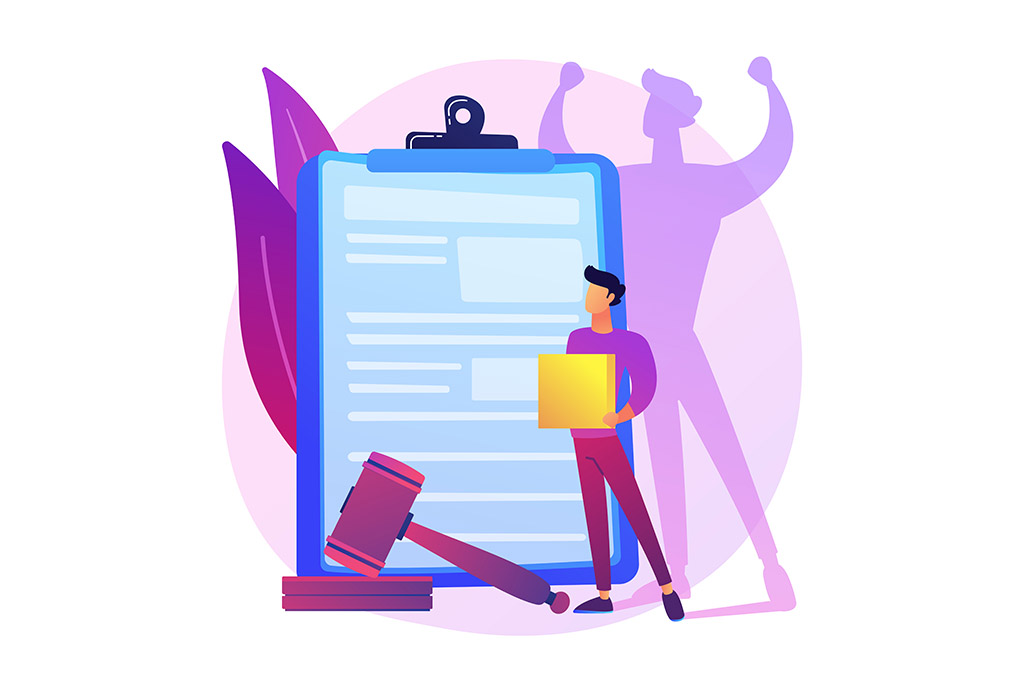
Nevertheless, the enduring impact and significance of such practices necessitate thoughtful contemplation. We must critically assess whether these appointments of individuals with disabilities are mere superficial gestures or truly integral components of a broader, genuine endeavour aimed at nurturing inclusivity at all levels. Genuine transformation demands an unwavering commitment to consistently and enduringly integrate individuals with disabilities into decision-making and authoritative roles.
Superficial gestures of inclusiveness fall short; it is the sustained and authentic representation of persons with disabilities that infuses vitality into a truly comprehensive youth movement. The authenticity of intent should be reflected through actions that go beyond symbolism, thereby fortifying the foundation of an inclusive society.
By doing so, we reaffirm our dedication to dismantling barriers, challenging stereotypes, and shaping a world where diversity is not merely acknowledged but fervently embraced.
In the nutshell
In conclusion, as we celebrate International Youth Day, it is crucial to acknowledge the significant yet often overlooked role of youth with disabilities in shaping our future. Despite the noble ideals of inclusivity and transformation within the youth movement, we must confront the disheartening truth of marginalisation and tokenism faced by individuals with disabilities.
True inclusivity demands more than symbolic gestures; it necessitates substantive participation and genuine representation at all levels of decision-making and leadership. The transformative potential of the youth movement lies in the strong commitment to dismantle barriers and embrace diversity wholeheartedly.
Let us fortify the foundation of an inclusive society, one where the voices and talents of individuals with disabilities resonate powerfully and where actions reflect the authenticity of our intent. Only then can we earnestly pave the way towards a sustainable world, harnessed by the collective strength of all youth, regardless of ability?





